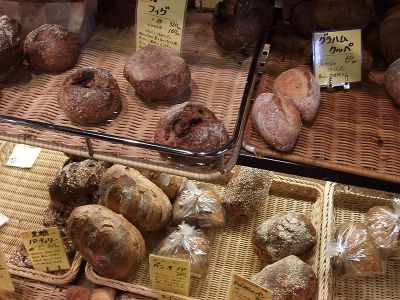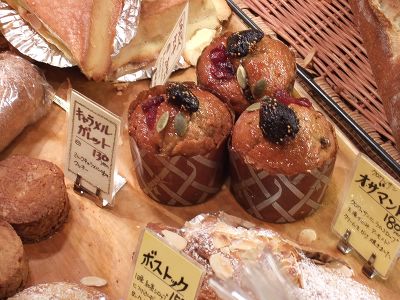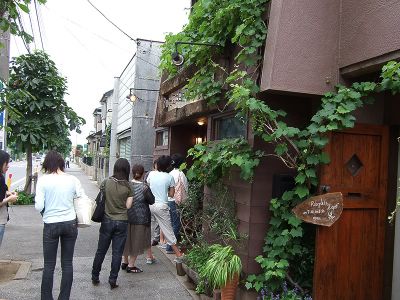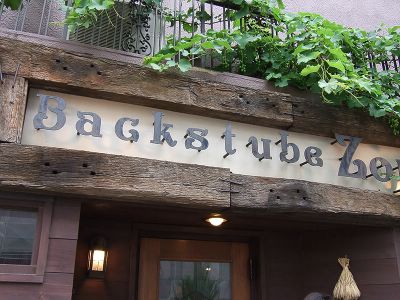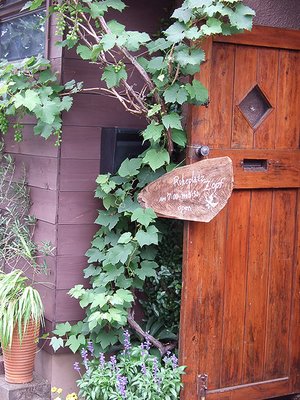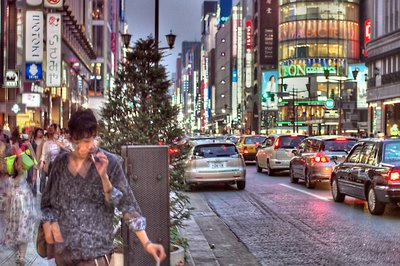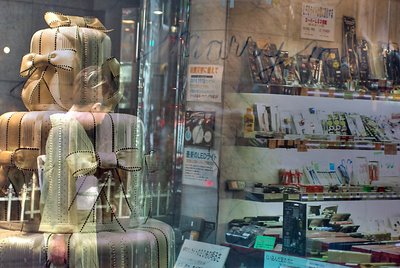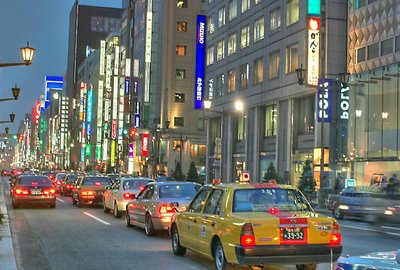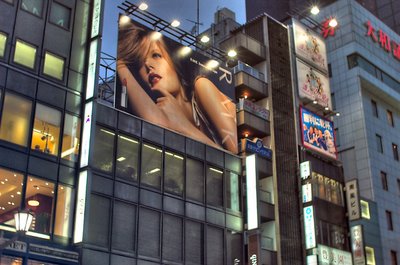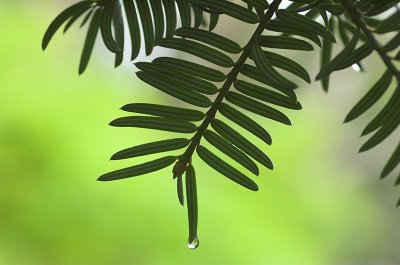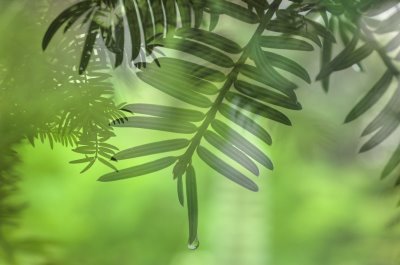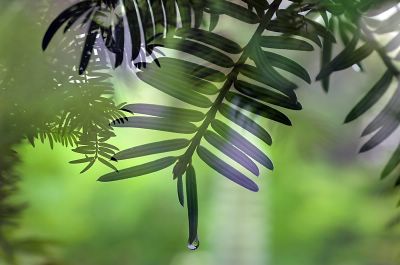
A painting on the wall outside. As my neighbour told me, whilst there aren't that many varied communities in Japan, which is still quite an isolated place, there are lots of cultures. Notice how lovingly the types of bread and their names in French were painted- I wouldn't be surprised if the owners have trained there.
As a matter of fact, the word for bread in Japan is from the French, 'pain', and instead of a bakery, they say 'bread shop', which is a translation of the French 'boulangerie', or hot bread shop. There are also a lot of 'patisseries' around, usually filled with house-wives and old ladies sipping a coffee and nattering about things. As for the men- they're usually at work- yes, even the supposedly 'retired' ones!





